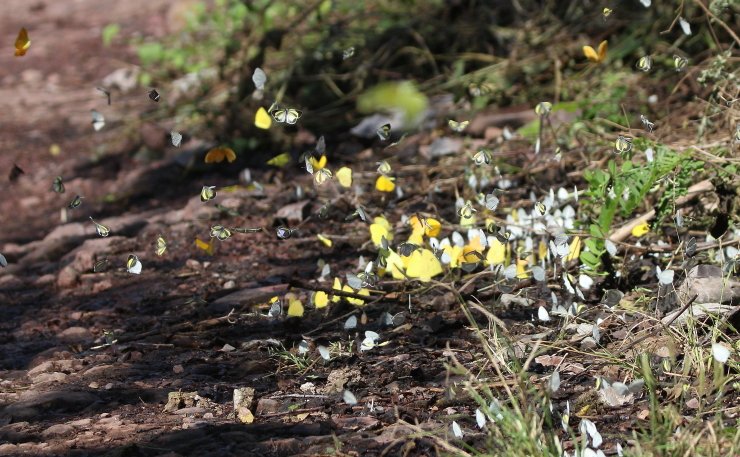
I often feel the need to remind my readers in this forum that I am neither a biologist nor a photographer. I am a birder, who began photographing birds as an identification tool. Eventually, taking all those photos produced some that weren’t bad. And, with time and tens of thousands of photos (I like the constant shoot mode), I picked up some rudimentary skills as well.
Still, writing for 10,000 Birds has been an exercise in humility. I do not have nearly enough top-quality photos to illustrate the points I wish to make in my posts. There are so many wonderful birds in my corner of Mexico, for which I do not yet have good photographs. I must use what I have, and hope my readers pay more attention to the birds themselves, rather than their sometimes-poor images.
As I gradually, slowly, get better images of my favorite birds (and, occasionally, insects, lizards, flowers and landscapes), I try to wean out the less-satisfactory photos I had once placed in my permanent archives. I was using some of my extra pandemic time to do just this, when I realized I had some good photos that I may never have a chance to put into a thematic post. So today, I am going to share with you some photos I love, for whatever reason.
This first photo is from very early in my photographic attempts; I took several pictures of American Coots taking off from Lake Cuitzeo. I love the pattern they make as they “run” on the water. Oddly enough, I have never had another opportunity to photograph this behavior.
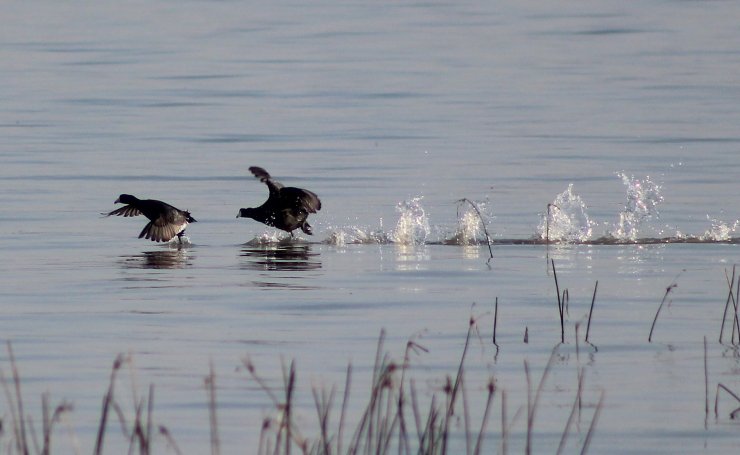
This next shot was one of my first decent photos of a bird in flight, although hardly as tricky a shot as the swallow I will show below. Brown-throated Wrens, our non-migratory local race of the House Wren, are wonderfully expressive and photogenic birds. I will have to write more in detail about them soon.
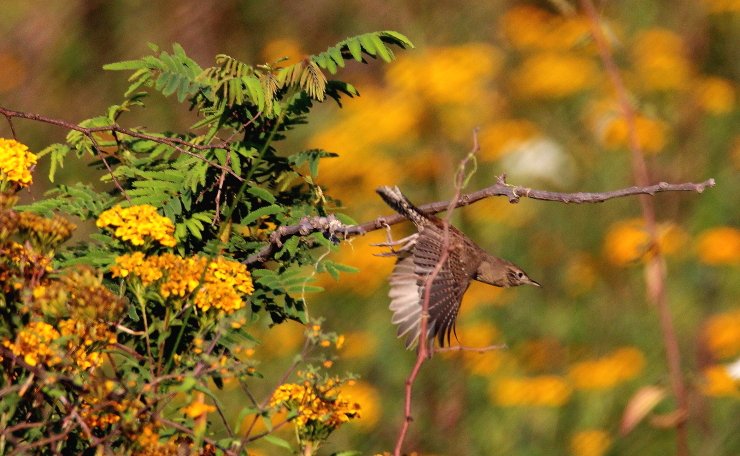
Even though some say good wildlife photography should not contain manmade elements, I like everything about this photo. The Rufous-collared Sparrow is apparently a common bird in Central and South America, but in Mexico it only occurs in the southernmost state of Chiapas. I think it is the most beautiful sparrow I have ever seen. The light rain, and that incongruous yellow chair, only make the image that much more interesting, in my opinion.
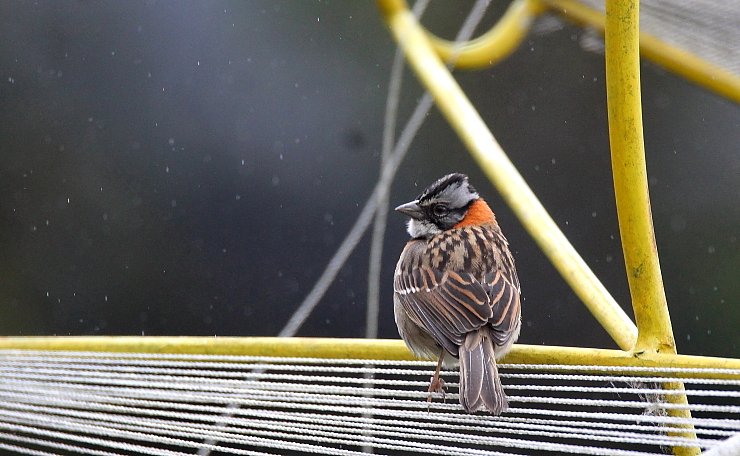
I know we birders are supposed to take photos that highlight the bird itself. But I held on to this photo from 2017 because of the setting in which this Song Sparrow, seen near the Lake Cuitzeo shore, chose to stand.
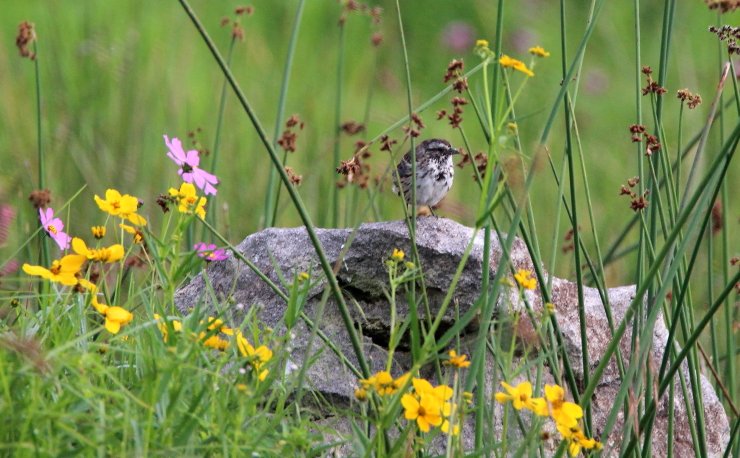
In general, I try to achieve sharp images of the birds I see. But in a few photos, I like the effect of a slightly fuzzy image. That is the case with this female Olive Warbler, framed by tree branches in the Michoacán cloud forest.
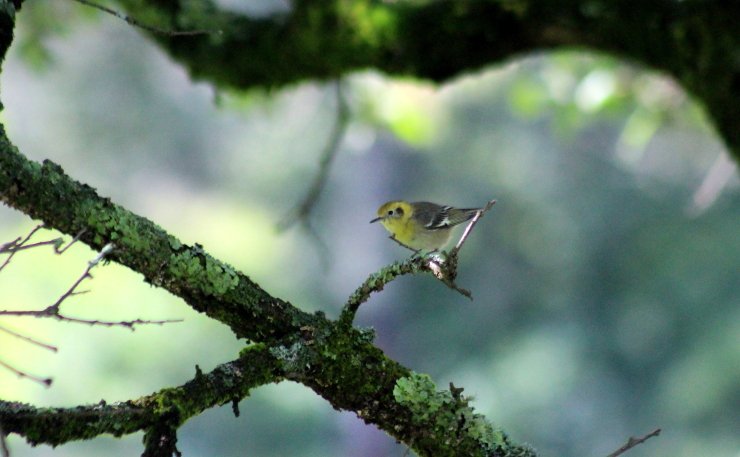
No birds here. Just Lake Páztcuaro, in all its panoramic glory.
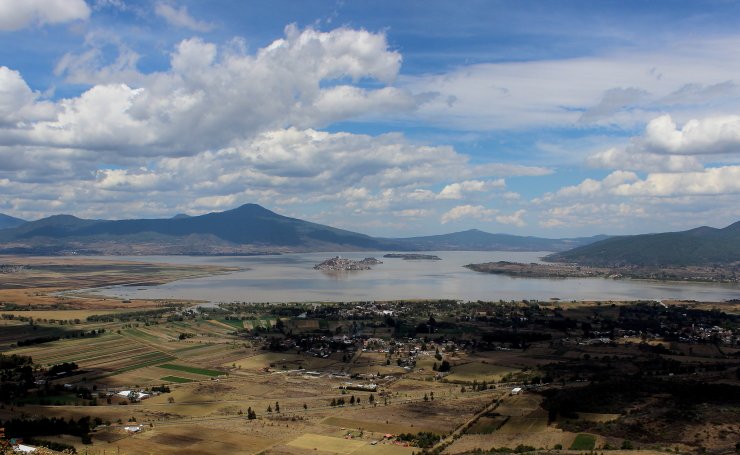
Least Grebes can be distinguished from all other North American grebes by their weird yellow eyes. I have already written of my fondness for the Yellow-eyed Junco; the color seems to make birds look a bit crazed. I’m not sure how to explain the lighter color of the bird in the second photo, but enjoyed its willingness to flamenco-dance for me.
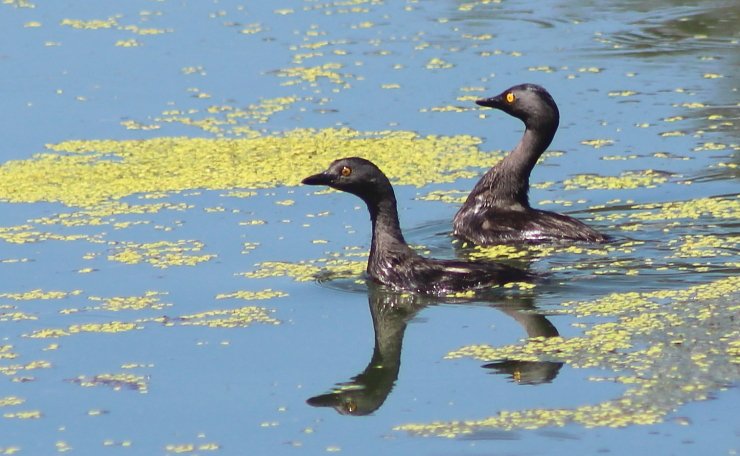
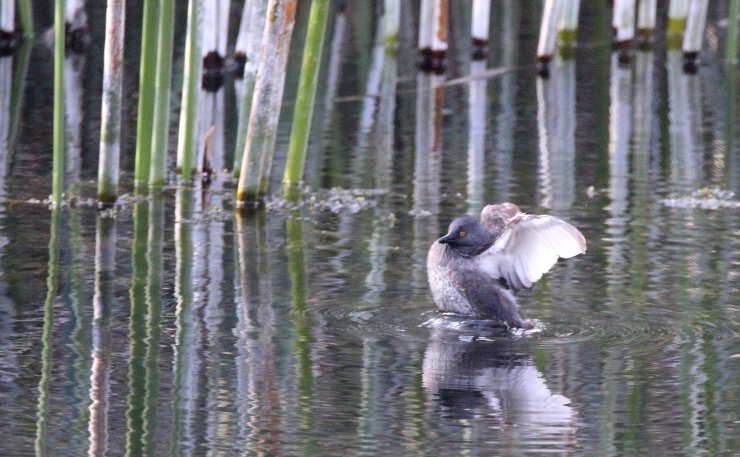
I have often wondered how certain photographers manage to take endless pictures of wildlife before a totally black background. But, on just a couple of occasions, nature allowed me to do the same, as in the case of this rather bedraggled Monarch Butterfly, I took the photo at Cerro de Garnica, which is only a few dozen miles west of Michoacan’s famous Monarch Butterfly wintering grounds.
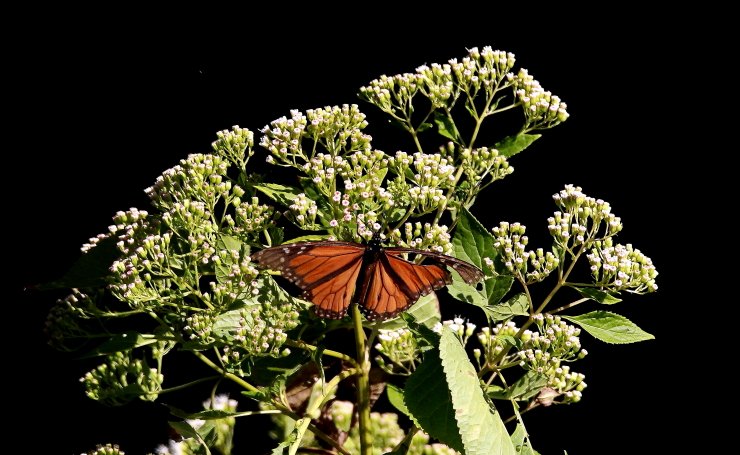
It was a dreary day, down in the coastal city of Lázaro Cárdenas. Little did I know that the weather would gift me a series of photos in which shorebirds would look like they are floating in space, as is the case with the Sanderling and Semipalmated Plover in this shot. I love the effect.
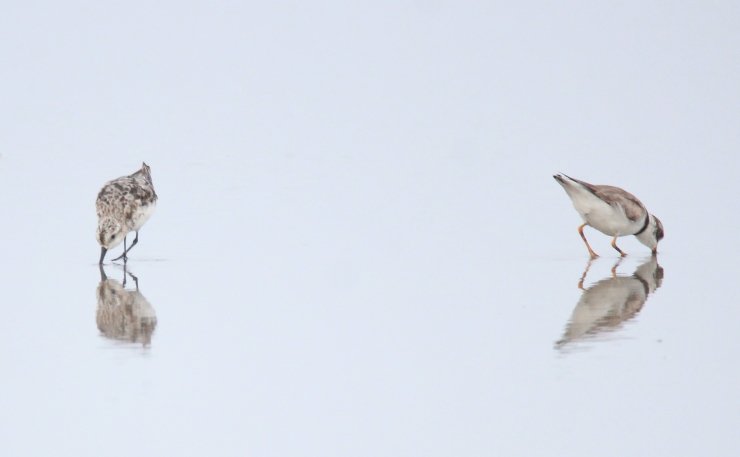
Highland Michoacán is home to 7 species of swifts, and 8 of swallows. Since many of these are almost impossible to tell apart while in flight, I have spent way to many hours of my life trying to take horrible photos of them for later identification. This Tree Swallow image not only stands out from that depressing crowd, it also illustrates the reason for that frustrating activity: I had believed all my Tree Swallows were Violet-green Swallows, until, one day, a photo revealed my mistake. Since then, I have found that at least half our dark-backed, white-underneath winter swallows are actually Tree Swallows.
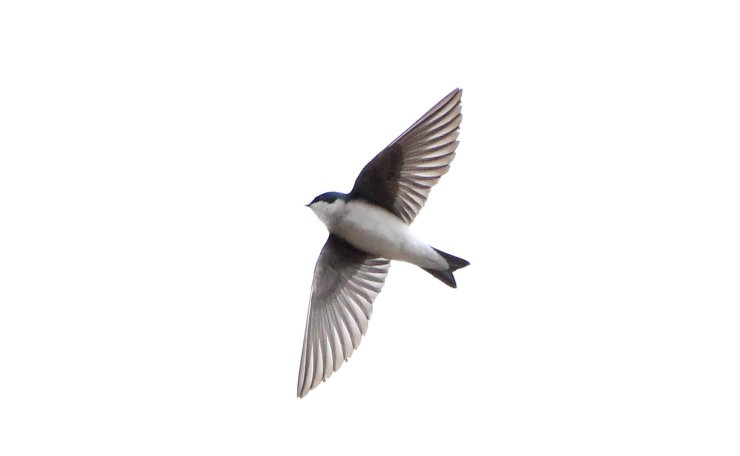
To appreciate this most recent photo from this collection, you only need to pay close attention to what had caught the Blue-gray Gnatcatcher’s attention.
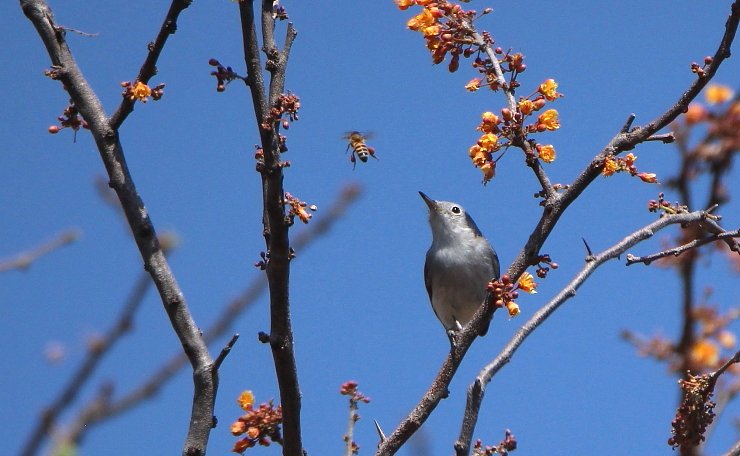
I believed I was finished with this photographic collection when, just last night, I discovered this photo from my visit to Lake Cuitzeo the day before. This immature Cinnamon-rumped Seedeater was so busy trying out his voice that he did not care to be seen by me. Just another adolescent, sounding off.
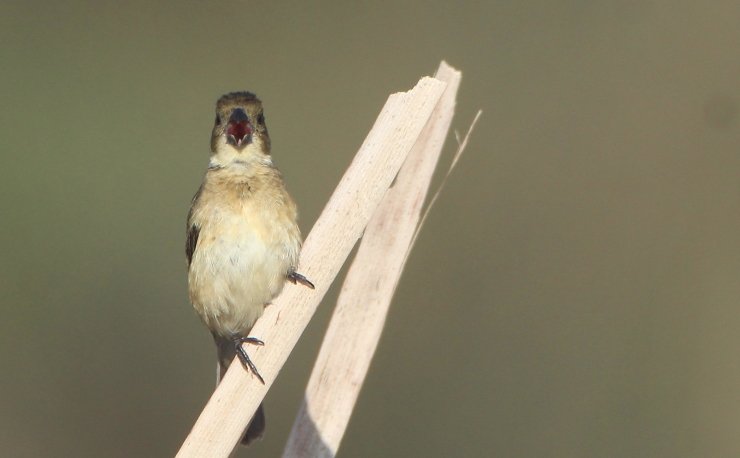




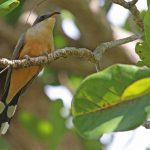
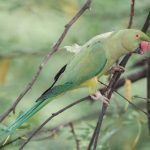
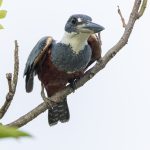
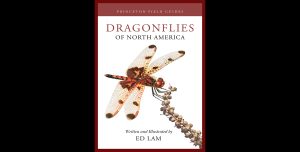
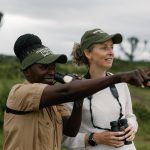
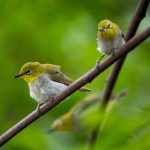
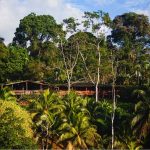
Really inspiring! Thanks for sharing!
Paul, I really enjoyed your wonderful blog. I think your photos are brilliant! I’m starting out myself – both birding and taking photos of birds – so I found it to be most inspirational. Out of curiosity, what camera do you use? I just use my iPhone at present but am always looking for suggestions for that day when I actually take the plunge and purchase a camera. Thanks for sharing your thoughts and photos.
Thanks so much, Marko and Lisa, for your kind words. Lisa, I can’t imagine trying to take pictures on an IPhone, although perhaps you have one of those telephoto attachments (about which I know absolutely nothing but that they exist). Back when I started getting serious about this I found a Canon package of an EOS Rebel T3i with a standard lens and a 75-300mm extra lens. I’m pretty sure I took the Coot and Wren pictures with that lens. but I soon found that lens was very limiting, so when I could I bought a Tamron 150-600mm lens. Tamron and Sigma lenses are compatible with Canon and Nikon cameras, but cost only about half as much, and in my limited experience, work very well.
Having said all that, getting a camera is a serious commitment, so you might want to talk with a more serious photographer before you take the plunge… if you think you might get more serious about it than I am!
Thanks for your advice, Paul. I aspire to reach your level of photographic “seriousness” one day !!